Xiaomi 13 Pro review: the new camera king
The Xiaomi 13 Pro could be the new Android camera champion, here's why it's a 5-star phone

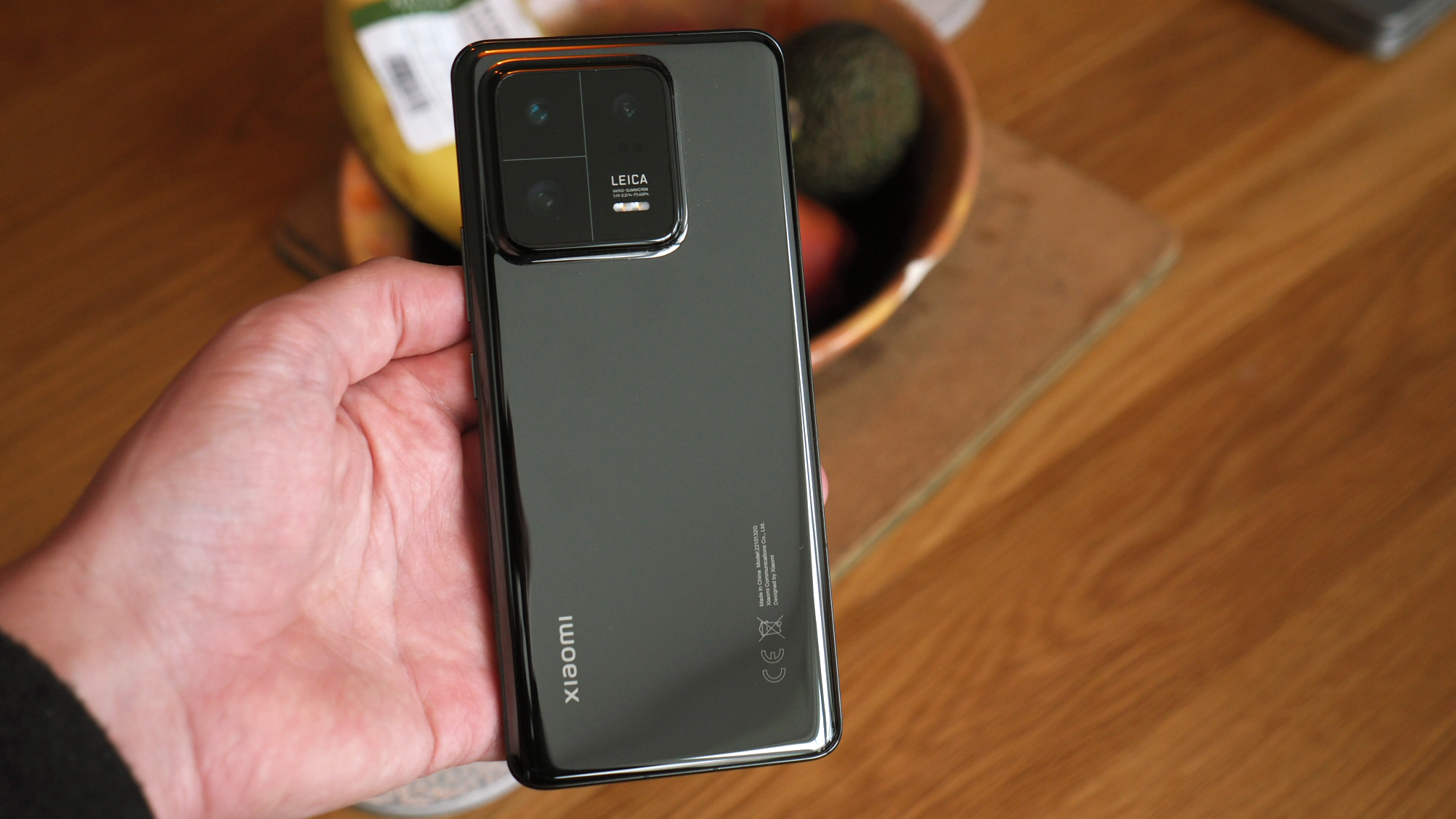
After a week with the Xiaomi 13 Pro I'm totally sold. Its camera system is so adept that it's arguably the best you'll find in any Android phone right now. And with stacks of power and super-fast charging, it'll give the Samsung Galaxy S23 series a run for its money. Sure, there are software foibles to suffer and the ceramic finish loves fingerprint smears, but overall I can forgive those because the Leica cameras collab is seemingly Xiaomi's secret weapon to five-star success.
-
+
Stunning triple camera among the best of 2023
-
+
Display will rival the best of them
-
+
Insanely fast-charging (120W)
-
+
Eye-catching design
-
-
Not class-leading battery life per charge
-
-
Strong competition at similar pricing
-
-
Reflective finish loves fingerprints
-
-
Some software foibles
Why you can trust T3
When it comes to the best Android phones of 2023, we've already been treated to some star releases. Xiaomi's aim for the gold standard this year is with the Xiaomi 13 Pro, the current top-tier handset from the Chinese manufacturer (although an Ultra model is rumoured too).
With pricing that sits close to its Samsung Galaxy S23 Ultra competition, the Xiaomi 13 Pro quickly qualifies its position with a stunning Leica-supported triple camera arrangement, much faster-charging technology, plus an eye-catching design with subtly curved-edge display.
I've been using the Xiaomi 13 Pro as my main phone for a working week prior to its European unveiling at Mobile World Congress 2023 to see just how it stacks up. In some respects it could be considered the new camera king, but can it convince would-be customers to steer away from Samsung?
Xiaomi 13 Pro: Price & Availability
- 12GB+256GB in Ceramic Black: £1099
I keep alluding to the Xiaomi 13 Pro's price. That's because, at its launch on 14 March, it'll demand £1,099 of your British Pounds. There's just the one variant available: a 'Ceramic Black' finish with 12GB RAM and 256GB storage.
In context that's £150 less than the Samsung Galaxy S23 Ultra will set you back. The Xiaomi has less zoom and no built-in stylus control, so really that's a fitting price for a handset that, in general, is otherwise every bit as powerful and as premium.
However, with a non-Pro Xiaomi 13 also available at £849, with a smaller display and dialling-down on the cameras' resolution (and main sensor's size), I think that's a real savvy proposition against the likes of Google's Pixel 7 Pro. Certainly something to consider.
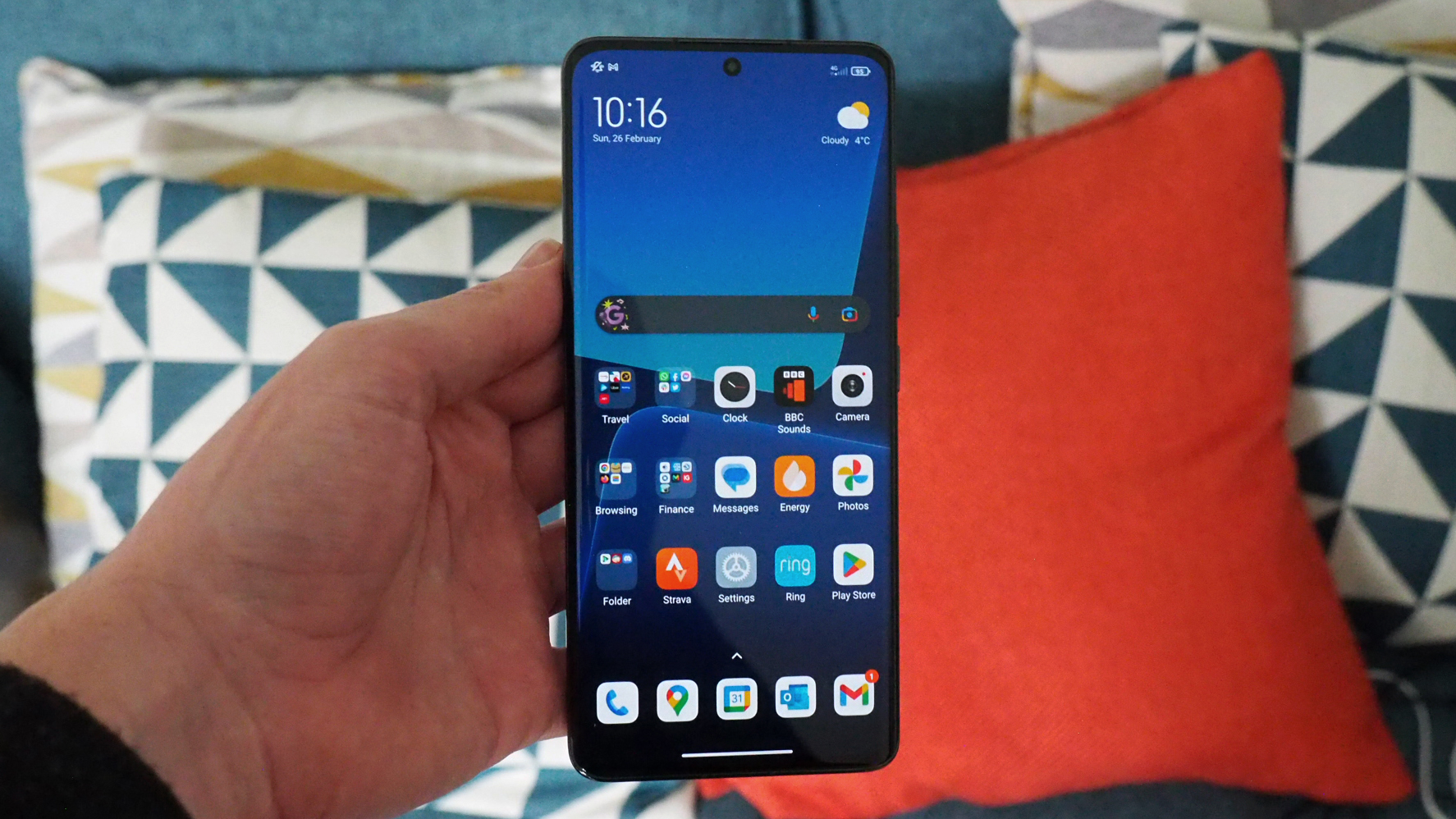
Xiaomi 13 Pro: Design & Display
- 6.73-inch OLED display, 1440 x 3200 pixel resolution, 120Hz refresh rate
- Dimensions: 162.9 x 74.6 x 8.4 mm / Weight: 210g
- Under-display fingerprint scanner
- Stereo speakers, Dolby Atmos
- IP68 dust/water resistance
The Ceramic Black finish is certainly a sensible description of the way the Xiaomi 13 Pro looks because 1. it's finished in ceramic on the back and 2. it's sort-of black. I wouldn't say totally black, though, as there are silvery tones and the way it reflects light changes its appearance. It also bloomin' loves fingerprints, which is a downer quite frankly (other finishes aren't set to be available outside of China it seems).
Get all the latest news, reviews, deals and buying guides on gorgeous tech, home and active products from the T3 experts
Set within this ceramic rear is a square camera module, which is much deeper black finish, adorned with a Leica logo and it looks really smart. I much prefer this look compared to the earlier Xiaomi 12 Pro's far more visible camera lenses - here they're hidden, much like a fancy car's blacked-out rear windows. Very smart.
Around the front is arguably even more impressive: A 6.73-inch OLED display with curved edges left and right, but not too curved, so you won't find any issues with accidental touch. I find this scale of display to be perfect for my hands, too, as I'd found the Samsung Galaxy S23 Ultra was often more of a reach for my thumb. The Xiaomi is pretty much perfect in this regard.
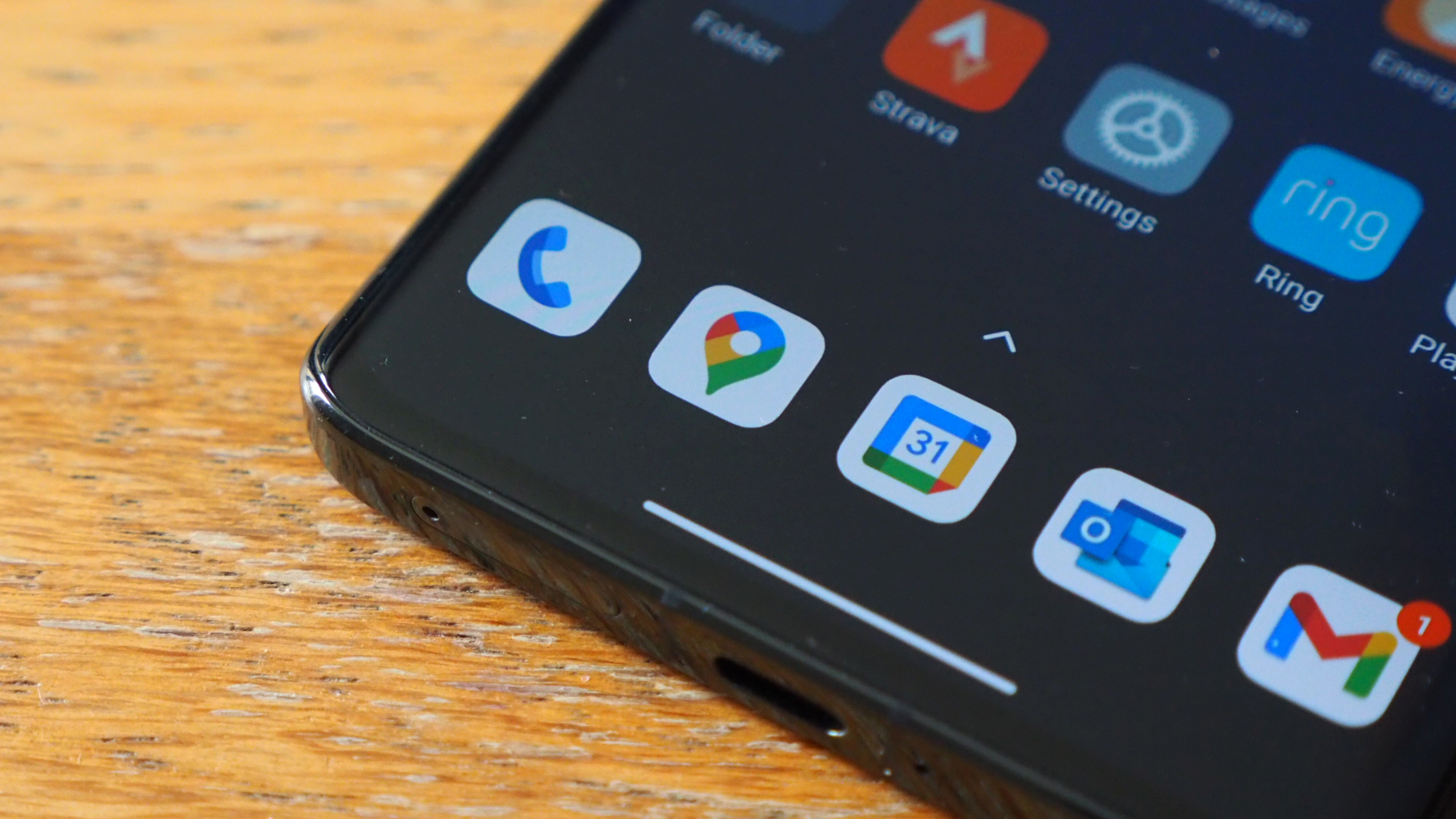
However, the display does play some software games much of the time. With auto-brightness permitted, I've found it'll often dim down to conserve battery life. I get the need for that, so can see what Xiaomi's MIUI software is playing at, yet in the same breath this screen is super-bright but seems almost shy about showing that off. Brightness is said to be 1200 nits, peaking at 1900 nits, which is about as bright as they come... when you crank up the brightness slider anyway!
It's not as though auto-brightness is a total chore all of the time, though, and with software settings including a game mode, you can set the device to function in certain ways for certain apps. And with its 120Hz refresh rate and OLED panel, things look super smooth and super deep at around the mid-point of brightness. Crank it to max and actually I find the panel looks a little stretched, but that's still useful for outdoor bright scenario viewing (as rare as that is in the UK in February).
Nonetheless, however, this is among the best panels you'll find in an Android phone today. It just needs a little more software nuance and it'd be top of the class.
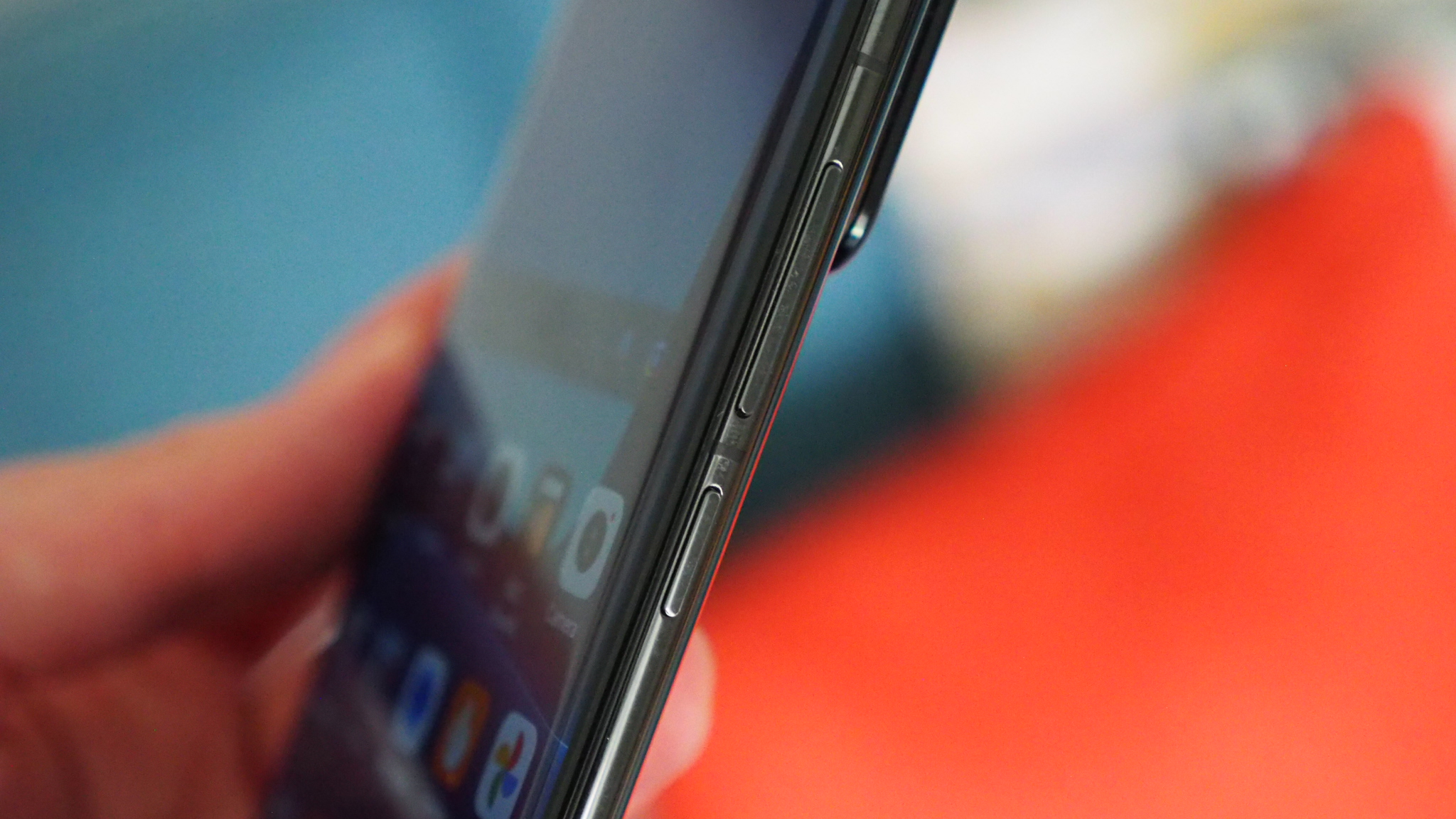
Xiaomi 13 Pro review: Performance & Battery
- Qualcomm Snapdragon 8 Gen 2 platform, 12GB RAM (LPDDR5X)
- 4,820mAh battery, 120W wired & 50W wireless charging
Software is a significant part of the Xiaomi experience, as its MIUI 14 reskin over the top of Android 13 does some things a little differently to the norm. Some for the good, some not so much. I've long said this about Xiaomi's software, though, from generations of reviewing its handsets, and it seems to be a baked-in thing.
It's possible to permit window-in-window for certain apps, which can be really handy for specific situations. That said, I've found those floating apps can then be a bit finnicky to move about, adjust and close down some of the time. You can turn off the feature as you wish, of course, it's all very customisable.
But customise you will have to. That's because by default MIUI 14 wants to limit battery use on a per-app basis, so you'll need to go into settings for your most prominently used ones and instruct their permission to auto-open, work in the background without limitation, and ensure all permissions are checked as applicable. If you don't, you may find delays with notifications or functionality.
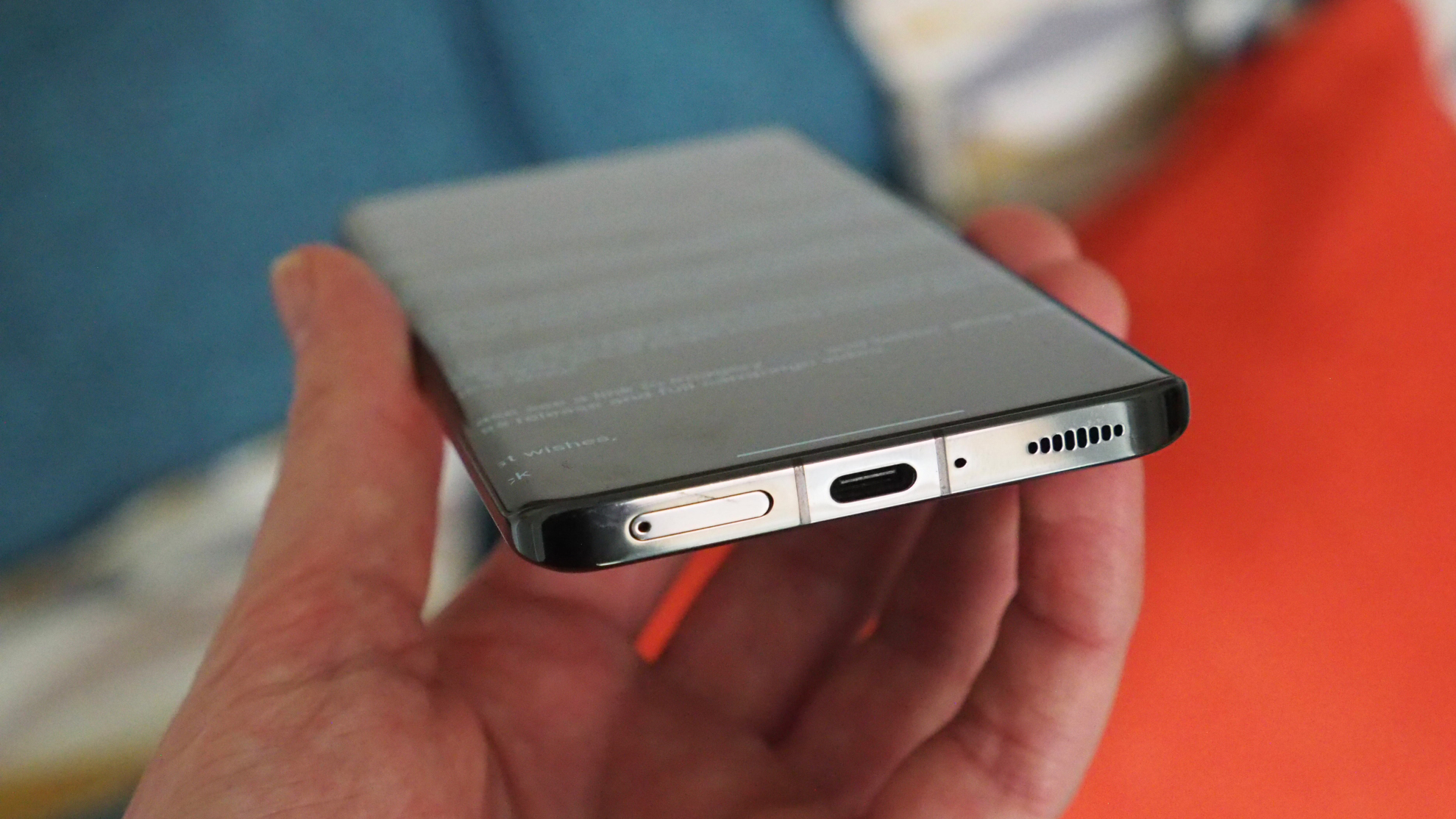
I can see why Xiaomi is firm when it comes to battery consumption though. The Xiaomi 13 Pro certainly isn't a class-leader when it comes to longevity, but it'll crunch through a day of moderate use without issues - I've been getting about 30% remaining after 15 hours of use in a day, for example. That figure ringing true at the end of my test cycle - it was a lot less proficient the first few days, as is typical with any of the best phones out there.
The battery capacity is 4820mAh, so slightly below the 5000mAh standard that I like to see in such flagships. But with 120W super-fast charging available, you can recharge the handset from dead to full in under 20 minutes. Which is pretty ridiculous. I've had to use my Motorola Edge 30 Ultra charger for this, however, as my review handset didn't come with a UK plug (there will be a plug in the box, though, it's just mine wasn't a three-prong as used in this territory; I don't believe that'll be an issue for final release though).
In terms of raw power the Xiaomi 13 Pro in unflinching: with a Qualcomm Snapdragon 8 Gen 2 processor and 12GB RAM, it's a top-tier handset and you'll know that in use. I've always got a bunch of apps open but it's never a bother, loading everything fast, flicking between apps in double-quick time, and running them nice and clean when you dig in. Just as you'd expect from a premier handset in 2023.
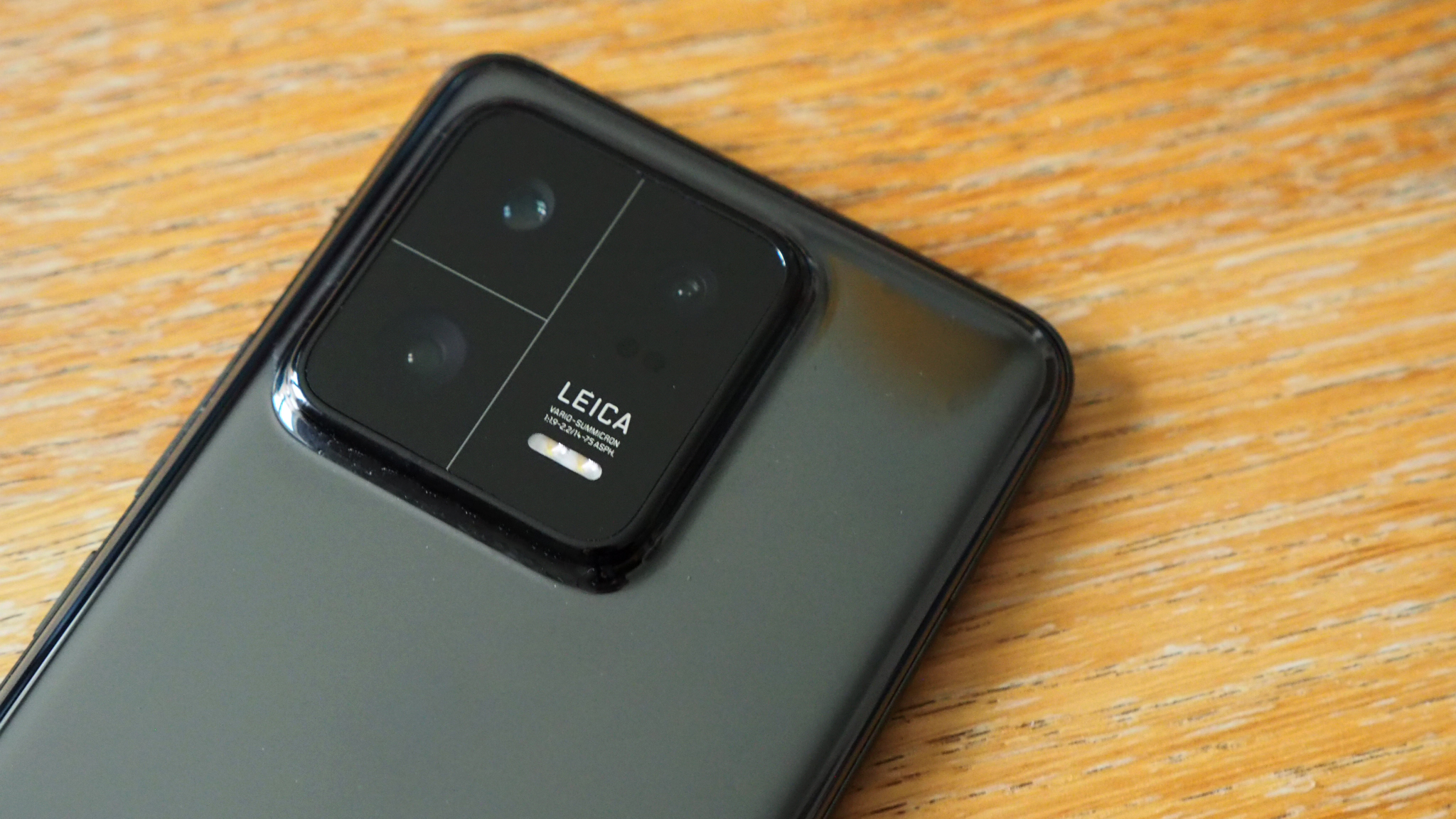
Xiaomi 13 Pro review: Cameras
- Main: 50.3-megapixels, 1-inch sensor, f/1.9 aperture, optical image stabilisation (OIS)
- 3.2x optical zoom: 50MP, f/2.0, 'floating sensor' OIS
- Ultra-wide: 50MP, f/2.2
- Selfie: 32MP
When it comes to cameras I really love the Xiaomi 13 Pro's approach: it features three 50-megapixel offerings, so whether you're shooting with the main, the ultra-wide or the 3.2x optical zoom there's really no compromise.
Sure, optically there's a difference between each of those focal lengths (and the main camera has a physically larger sensor too), but thanks to a collaboration with Leica the optics on offer here are a class act, given their aspherical lenses and coatings for enhanced clarity. That, I think, makes all the difference because so much of the competition fails to deliver a resolve so sharp and refined.
The adoption of such high-resolution across the board is one of the ways the Pro model also stands out compared to the standard Xiaomi 13, the latter which only has a 50MP main camera (albeit of smaller scale), the others are lower-resolution.
Now I'm not saying stacking millions upon millions of extra pixels is an instant success story, but the way this extra information is handled does make a big difference to the final pixel-binned result overall. If you look at, say, a Samsung Galaxy S23 Ultra's zoom images, for example, they lack clarity. The Xiaomi, by comparison, is much more adept at its 3.2x optical zoom thanks to optics and resolution.









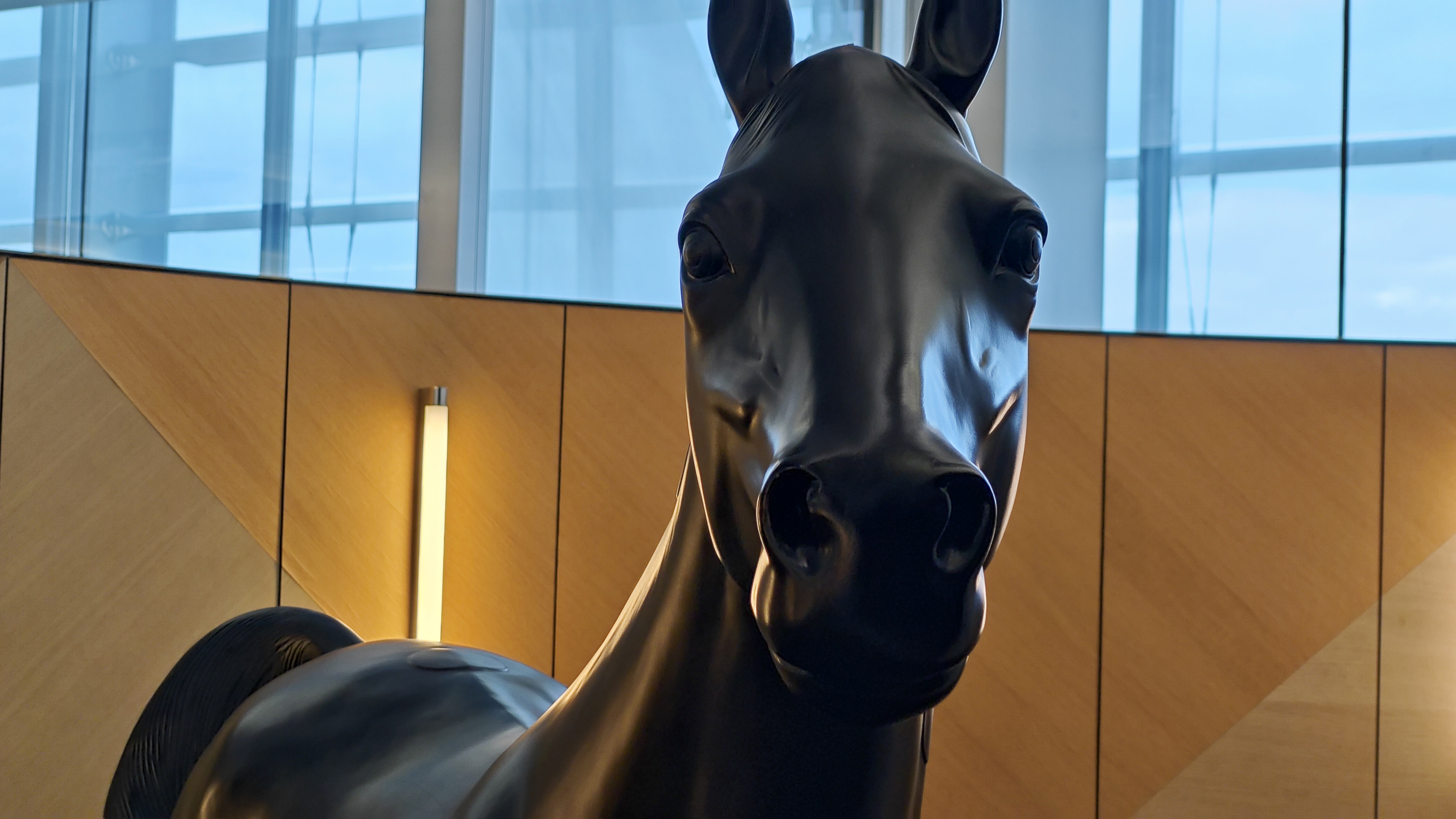
I'm impressed with this zoom camera in particular - the optical stabilisation is super and really reactive, while the close-focus distance of just 10cm from the camera lens means you can get close-up shots (such as the lemons in the gallery above) with little bother at all. It's a really great zoom lens, among the best I've tried for sheer sake of versatility.
General camera performance is mighty too. The main sensor is a 1-inch one, meaning it's physically massive, and that means larger pixels and greater clarity. So whether you're shooting in daylight or at night, the automatic adjustment and long-exposure potential always delivers great-looking shots.
There are also two Leica profiles, Vivid or Authentic, depending on how much punch you want from your shots. Knowing, also, that Leica really doesn't over-egg things, so there's nuance and balance to colours and exposures in all conditions. Everything looks great all of the time.
The other thing about the camera setup here that I admire is that it doesn't go all-out with zoom. This is going to be a theme in the phones of 2023: as data shows most users don't realistically use 10x or 5x zooms, manufacturers are removing them. But I think the triple setup here is a real class act.

Xiaomi 13 Pro review: Verdict
After a week with the Xiaomi 13 Pro, you know what? I'm sold. This phone is a class act.
I can just about forgive the software foibles and annoying fingerprint smears on that reflective rear for the fact that this camera system is so adept and so well-suited to mine and most other phone-camera shooters.
Of course the competition is serious, and equally (or more) expensive. But I'd pay the extra few quid for this Xiaomi over the Galaxy S23 Plus, for example, for the cameras experience and super-fast charging alone.
Xiaomi might not be the number one name in the Android market in Europe. But that doesn't mean it's not highly adept in delivering quality. The Xiaomi 13 Pro is proof of that, with collaboration on its cameras seemingly its secret weapon to five-star success.
Also consider
For less cash I think the Google Pixel 7 Pro is the best Android phone for most people at the moment. Its cameras are less varied, sure, but I do much prefer the software setup.
If you're keener for more versatile cameras and a more work-based approach at times, then the Samsung Galaxy S23 Ultra is the de facto choice. It's got more zoom and a built-in S Pen stylus too. It's pricier, but it's a peak performer in the Android market and hard to ignore.

Mike is T3's Tech Editor. He's been writing about consumer technology for 15 years and his beat covers phones – of which he's seen hundreds of handsets over the years – laptops, gaming, TV & audio, and more. There's little consumer tech he's not had a hand at trying, and with extensive commissioning and editing experience, he knows the industry inside out. As the former Reviews Editor at Pocket-lint for 10 years where he furthered his knowledge and expertise, whilst writing about literally thousands of products, he's also provided work for publications such as Wired, The Guardian, Metro, and more.
